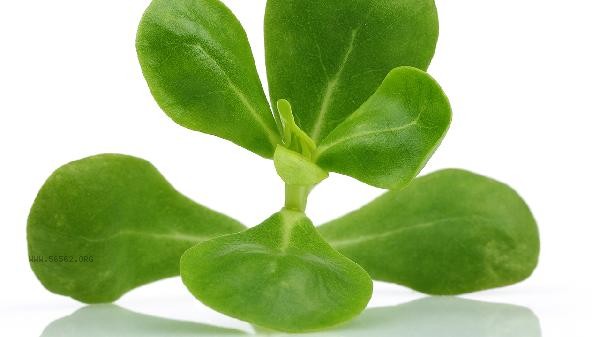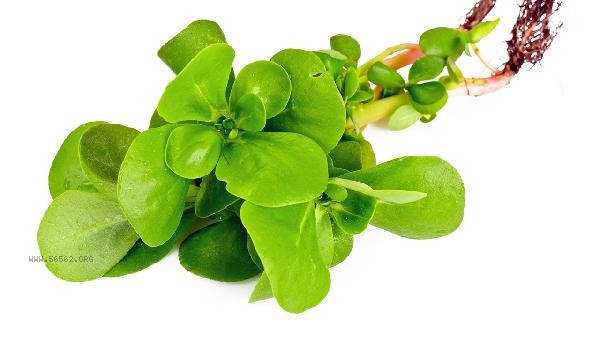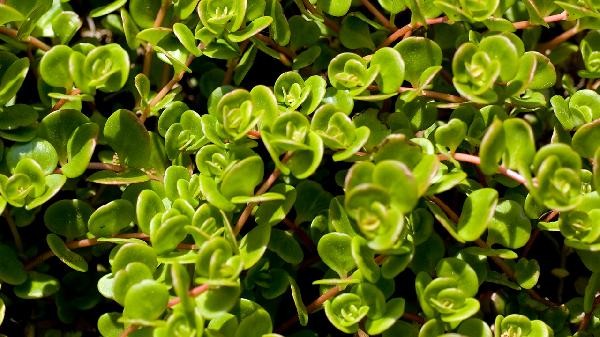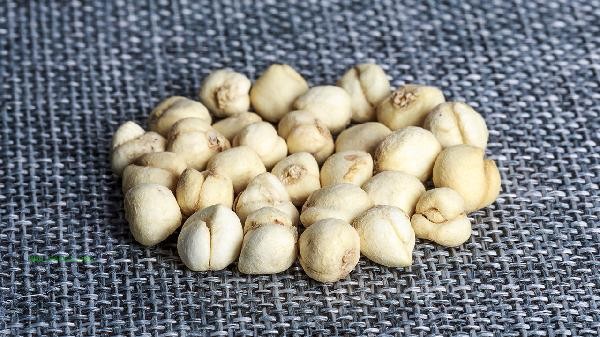Purslane has medicinal values such as clearing heat and detoxifying, cooling blood and stopping bleeding, stopping dysentery and reducing inflammation. It is commonly used for symptoms such as damp heat diarrhea, heat toxin ulcers, and rectal bleeding. The medicinal parts of purslane mainly include whole plant, fresh or dried products, which can be taken orally or externally. Modern research has confirmed that it contains active ingredients such as flavonoids, organic acids, polysaccharides, etc.

1. Clearing heat and detoxifying
Portulaca oleracea has a cold and sour taste, which is beneficial for the liver and colon meridians and can effectively eliminate heat toxins from the body. For sores and sore throat caused by heat toxicity, fresh purslane can be mashed and applied externally or boiled in soup and taken orally. The polysaccharides contained in purslane can inhibit the growth of pathogenic bacteria such as Staphylococcus aureus, and have a significant alleviating effect on mouth and tongue sores and skin boils caused by summer heat.
2. Cooling blood to stop bleeding
The tannins and vitamin K in purslane have astringent and hemostatic effects, suitable for nosebleeds, hemorrhoids, and bleeding caused by excessive blood heat. Commonly used in folk medicine, fresh juice is mixed with honey to enhance the therapeutic effect, or combined with medicinal herbs such as Eucommia ulmoides charcoal and Platycodon grandiflorus leaves. For mild traumatic bleeding, purslane powder can be directly applied externally to the wound.
3. Preventing dysentery and reducing inflammation
Purslane has significant therapeutic effects on damp heat dysentery and acute enteritis, and its organic acid components can inhibit Shigella. Commonly used in clinical practice, Portulaca oleracea is combined with Huanglian and Huangqin to make compound preparations, such as Portulaca oleracea and Huanglian tablets. Fresh boiled water as a tea drink can alleviate diarrhea and abdominal pain, while dry boiled powder can also improve chronic colitis when taken orally.

4. Lowering blood sugar and blood pressure
Modern research has shown that purslane polysaccharides can enhance insulin sensitivity and assist in regulating blood sugar. Its rich content of omega-3 fatty acids and potassium ions helps to dilate blood vessels, and can be paired with cassia seed and chrysanthemum tea drinks for early hypertensive patients. However, it should be noted that those with spleen and stomach deficiency and cold should not take it in large quantities for a long time.
5. Topical treatment for sores
Fresh purslane rubbing can treat skin problems such as herpes zoster, eczema, mosquito bites, etc. Its mucinous substance can form a protective film to promote wound healing, and when combined with dandelion and purple clover, decoction and fumigation can effectively treat lower limb ulcers. The combination of sun dried grinding powder and sesame oil can also alleviate mild burn pain.

When using purslane, treatment should be based on syndrome differentiation. Pregnant women and those with spleen and stomach deficiency and cold should use it with caution. It is recommended to control the daily dosage of fresh products at 60-100 grams and dry products at 10-30 grams. Collecting wild purslane should avoid contaminated areas, and before consumption, it should be thoroughly blanched to remove the sour and astringent taste. It is recommended to use purslane in combination with other medicinal herbs under the guidance of a traditional Chinese medicine practitioner to enhance its therapeutic effect. If severe symptoms occur, seek medical attention promptly.








Comments (0)
Leave a Comment
No comments yet
Be the first to share your thoughts!